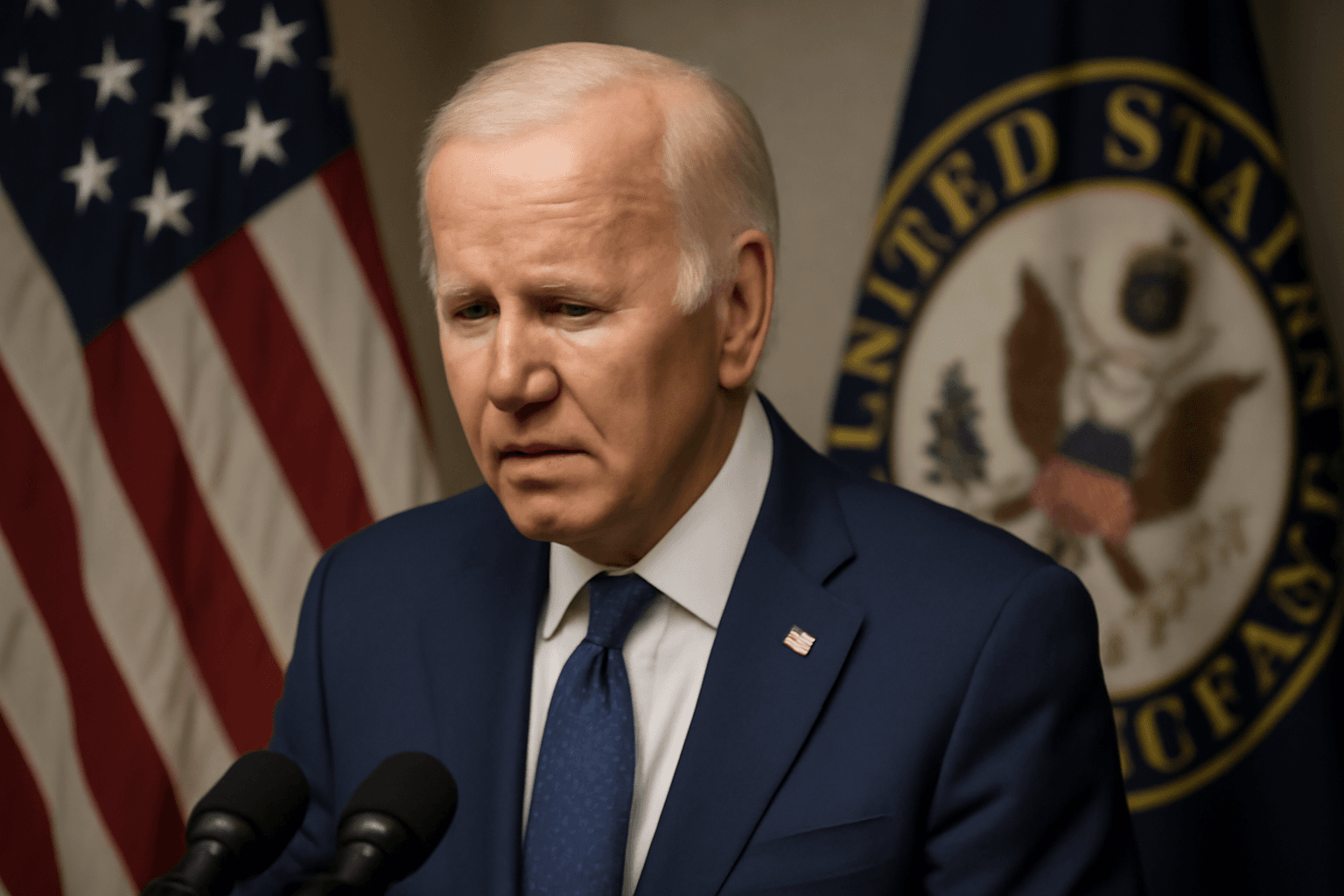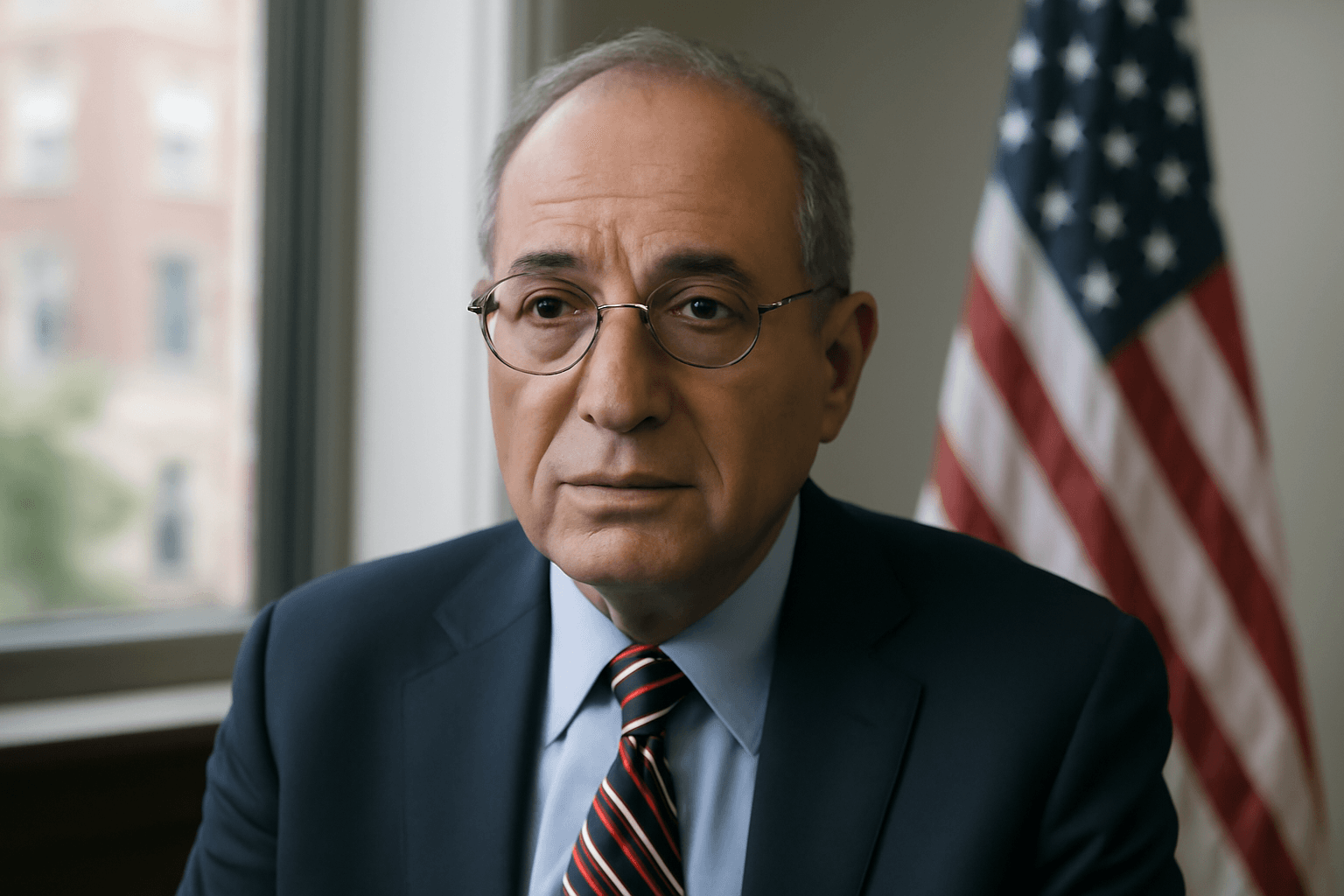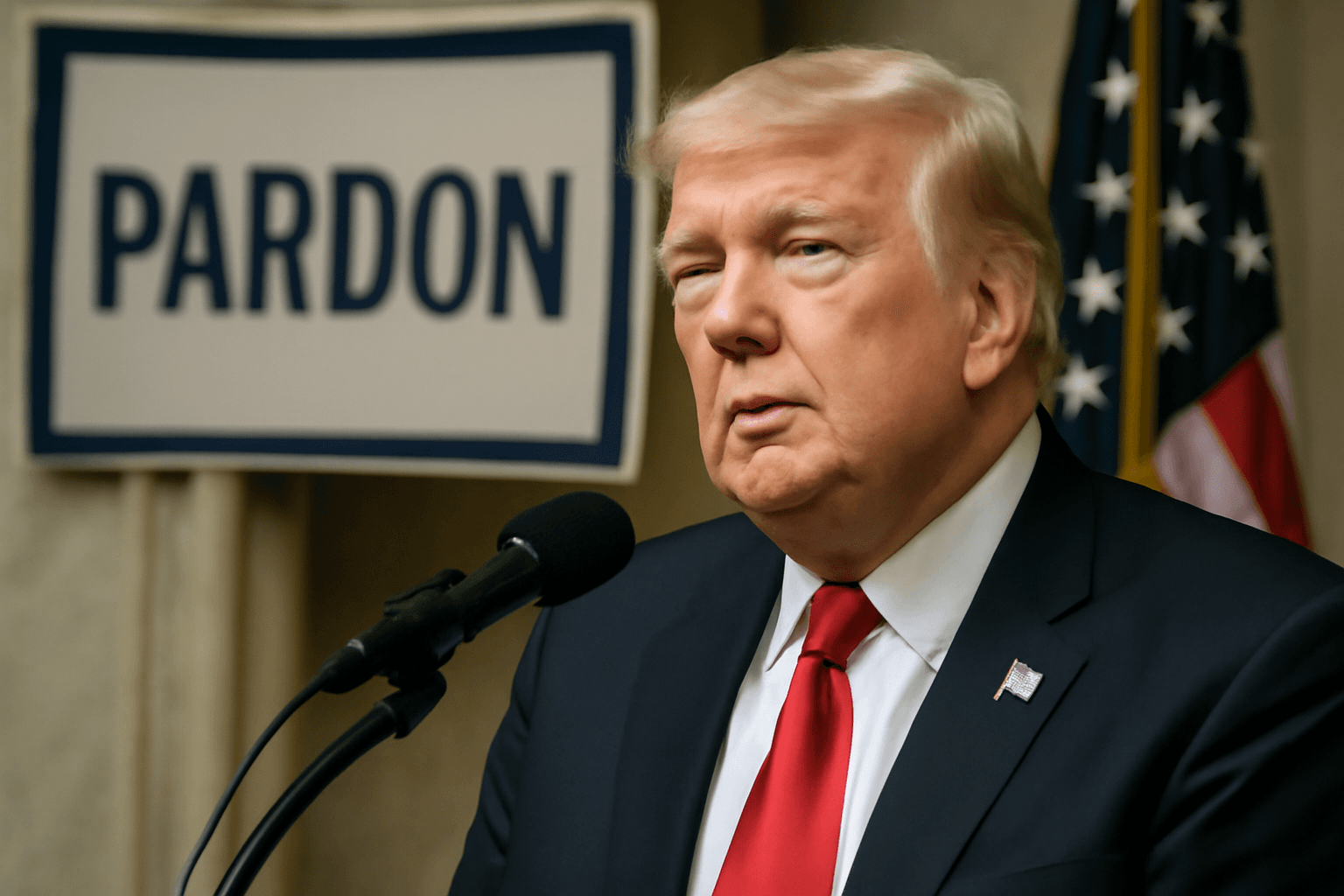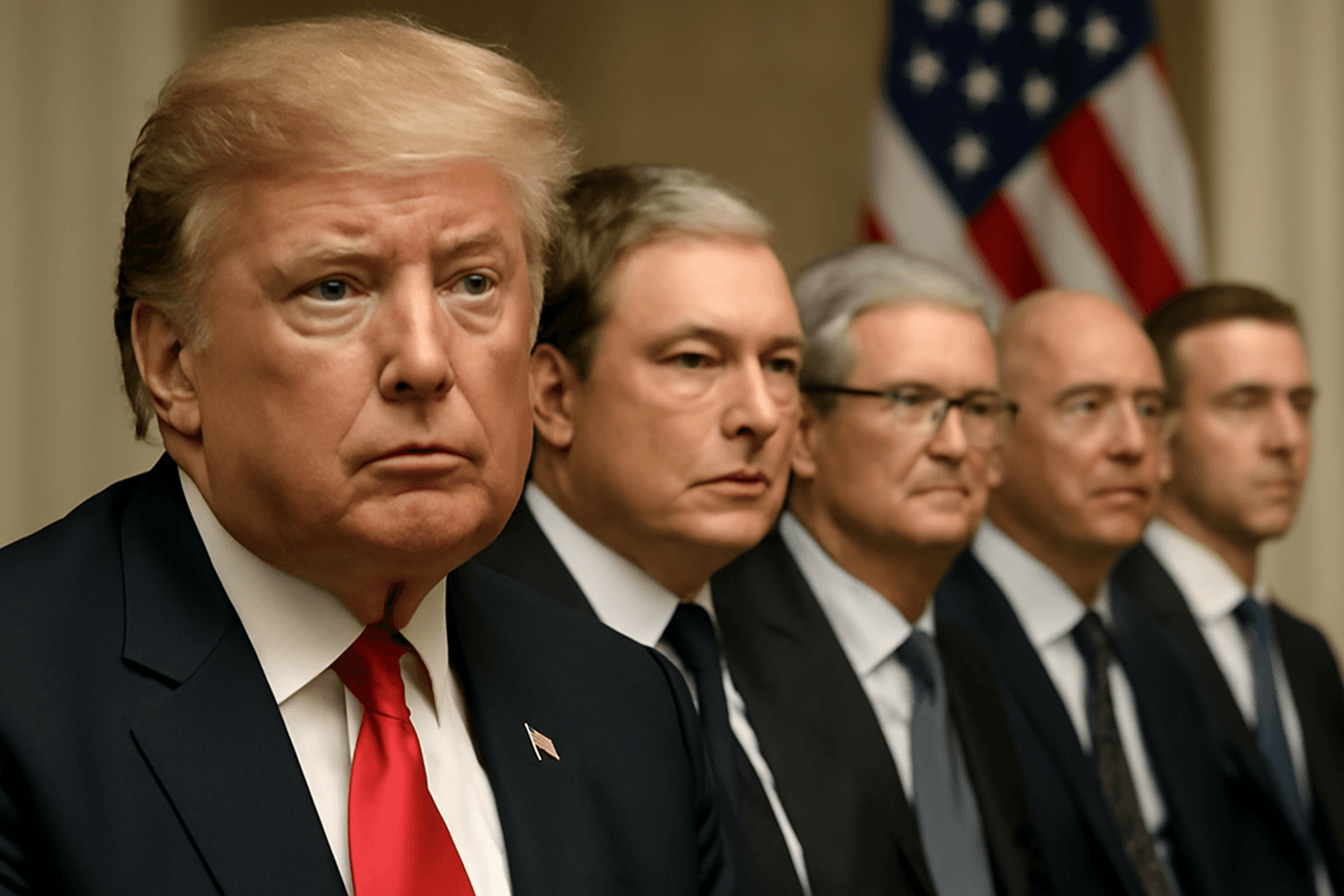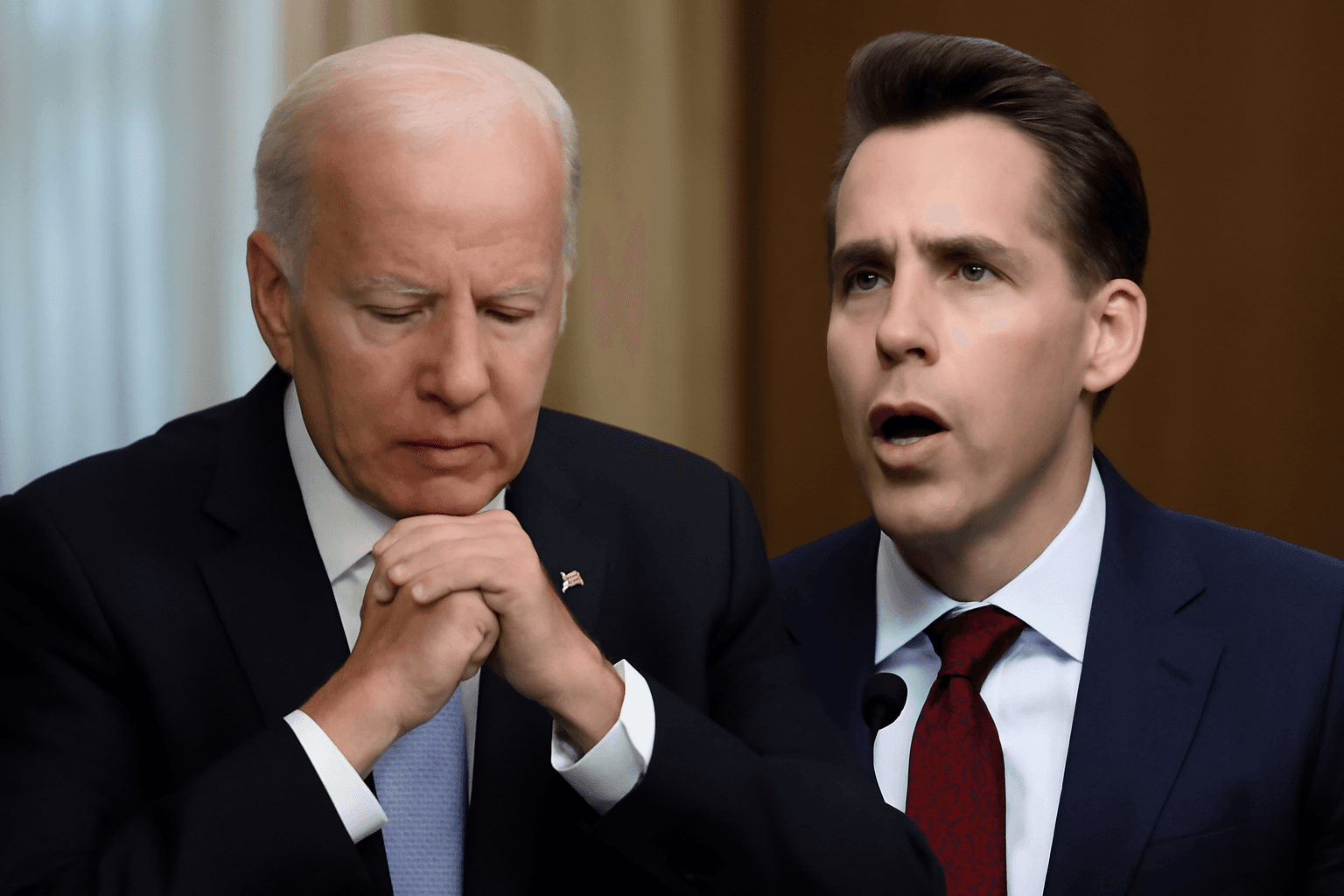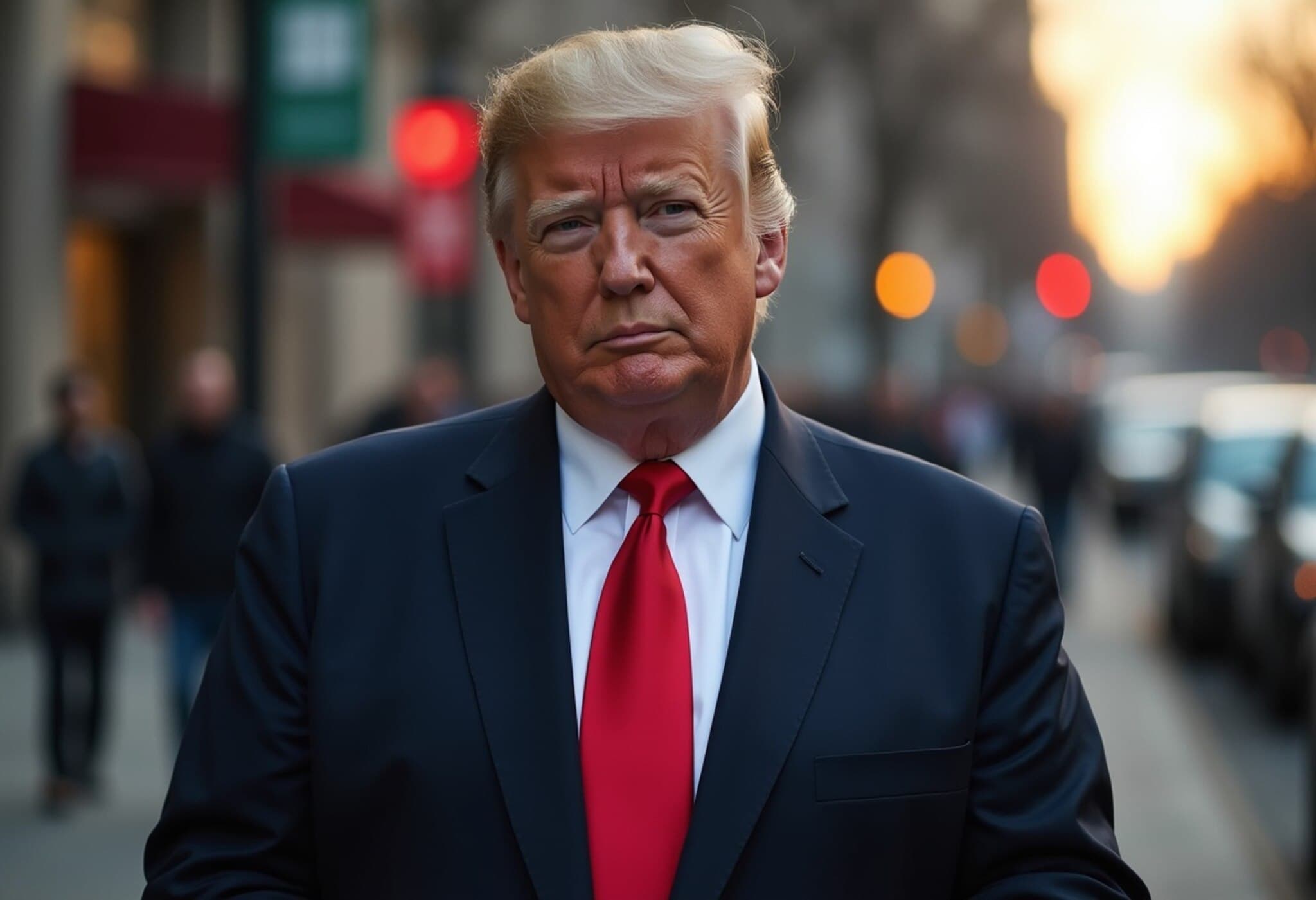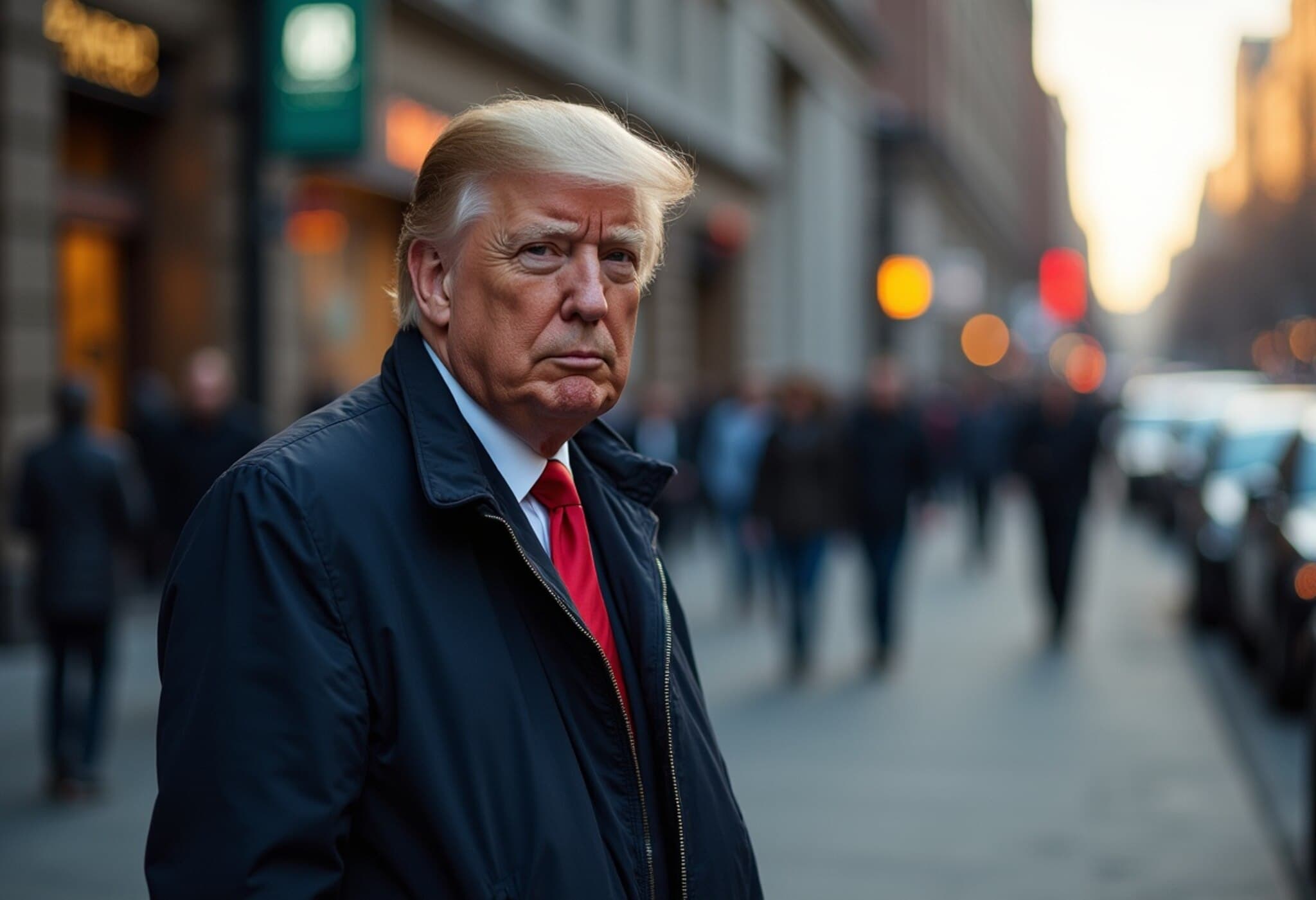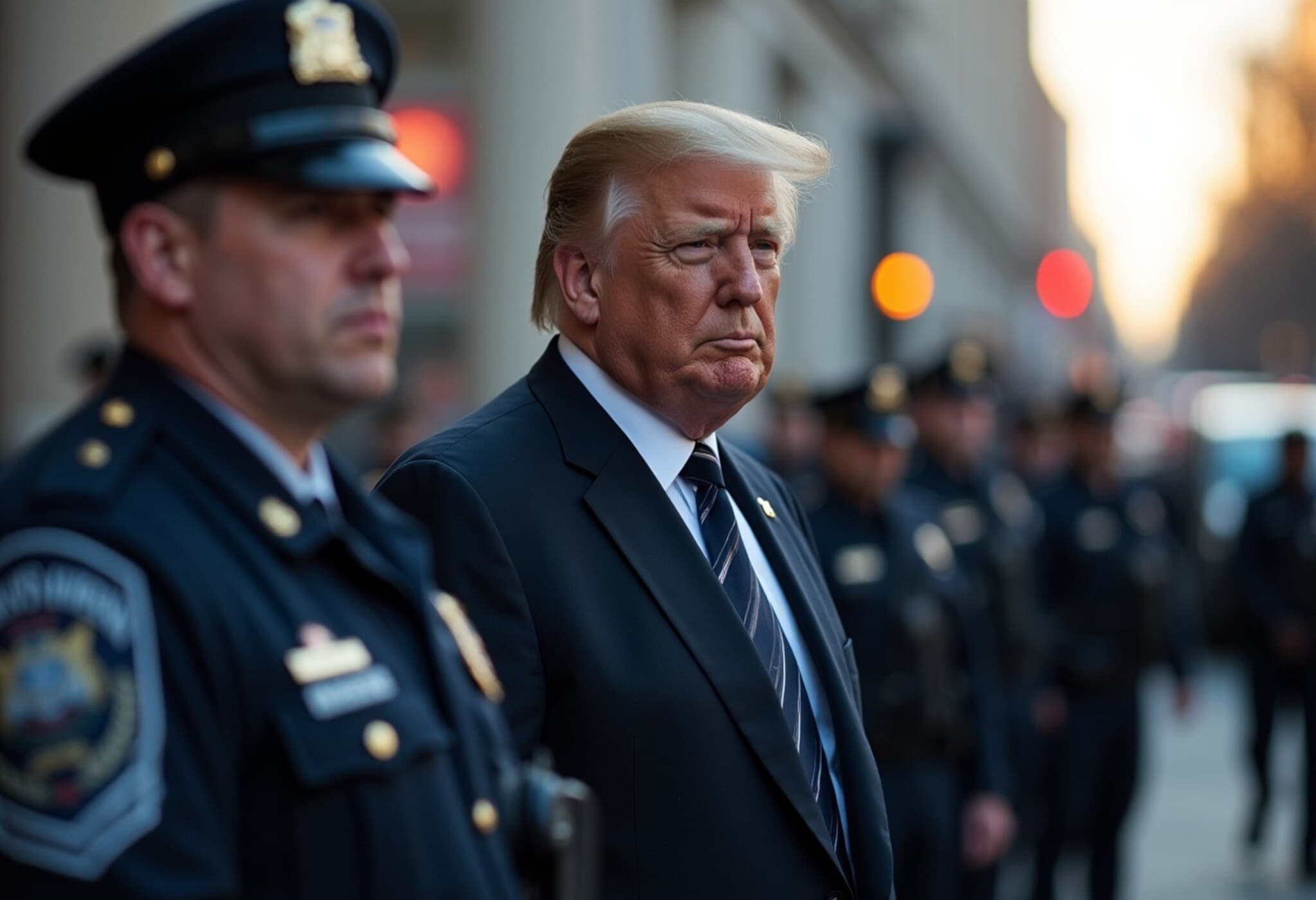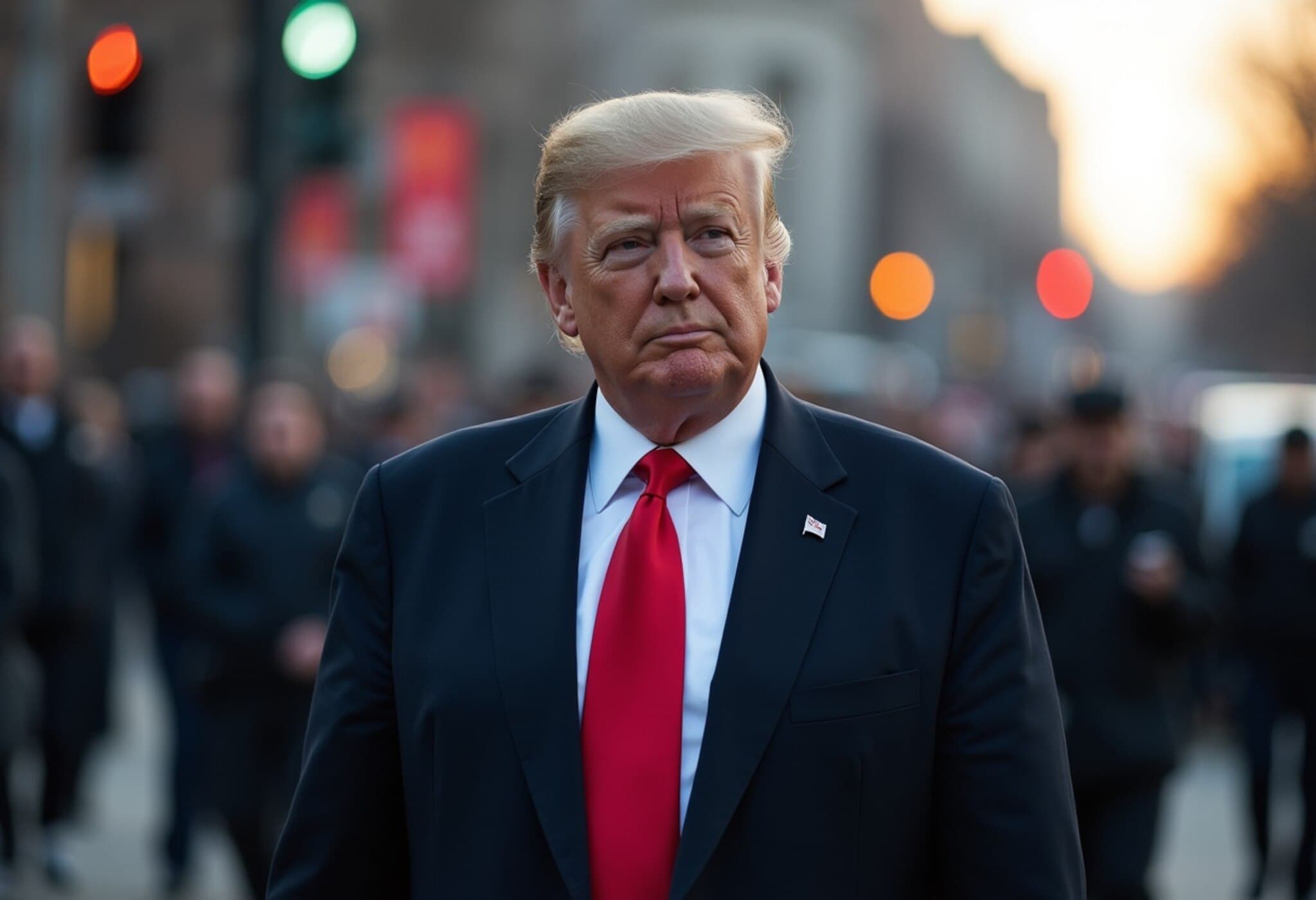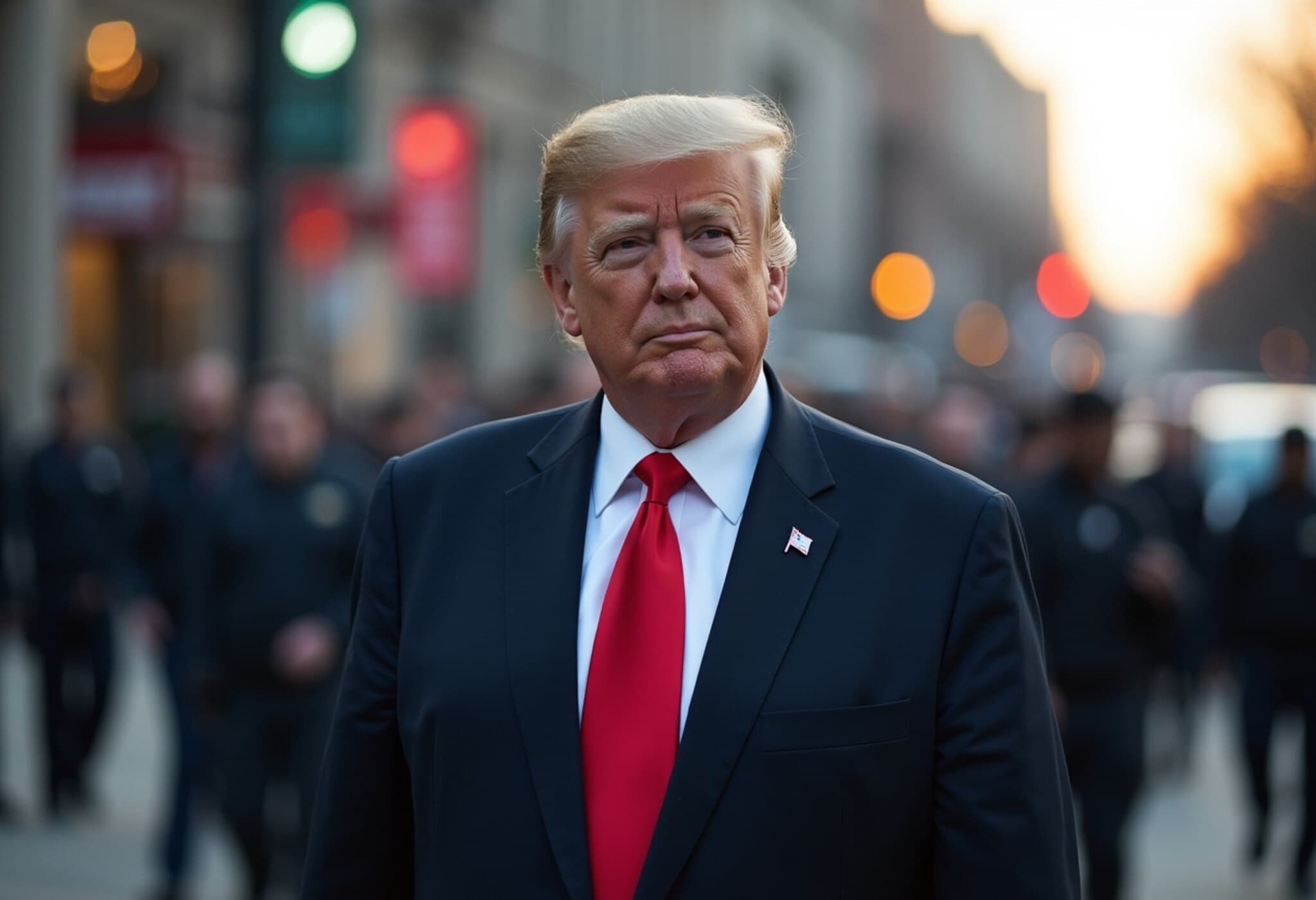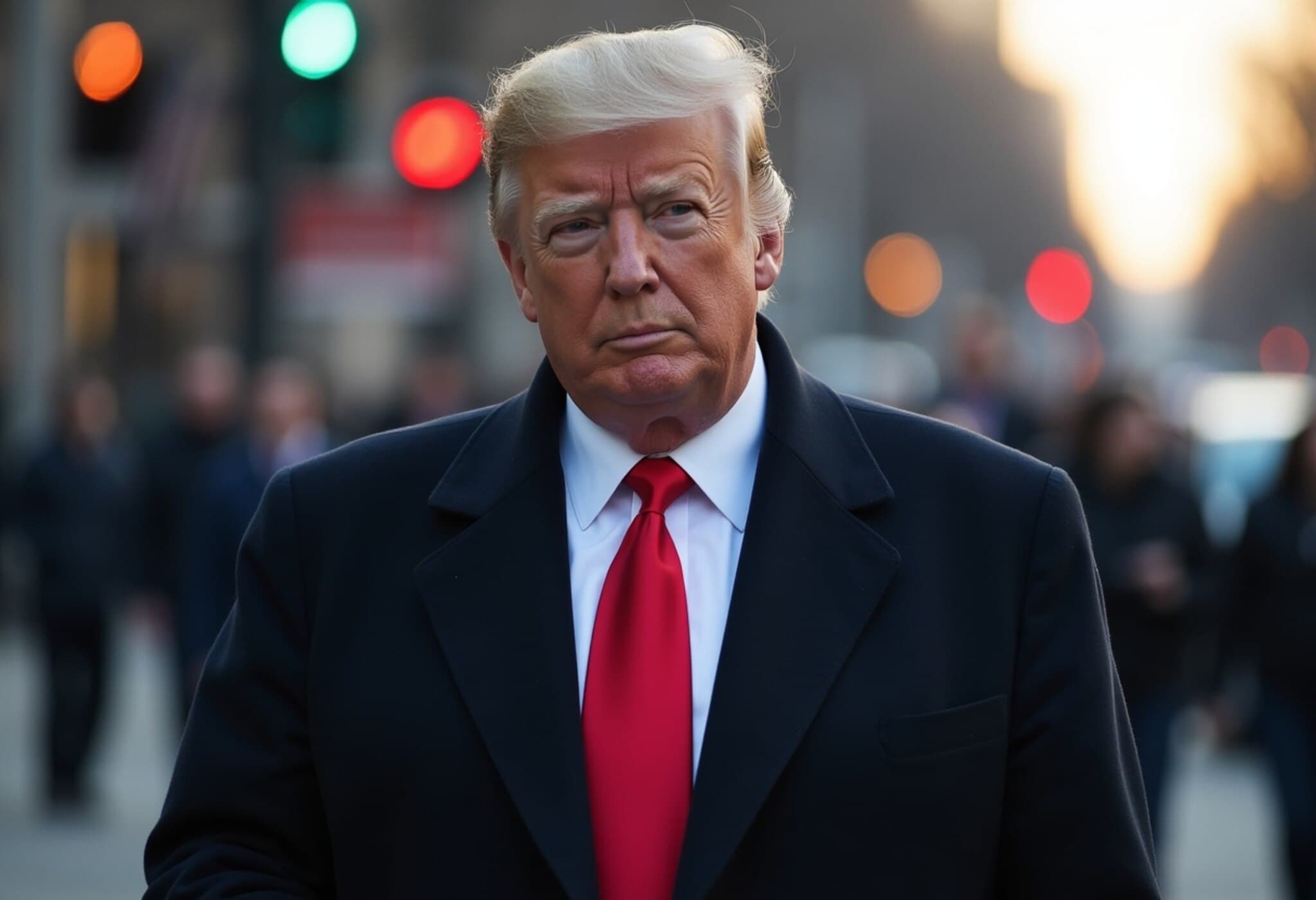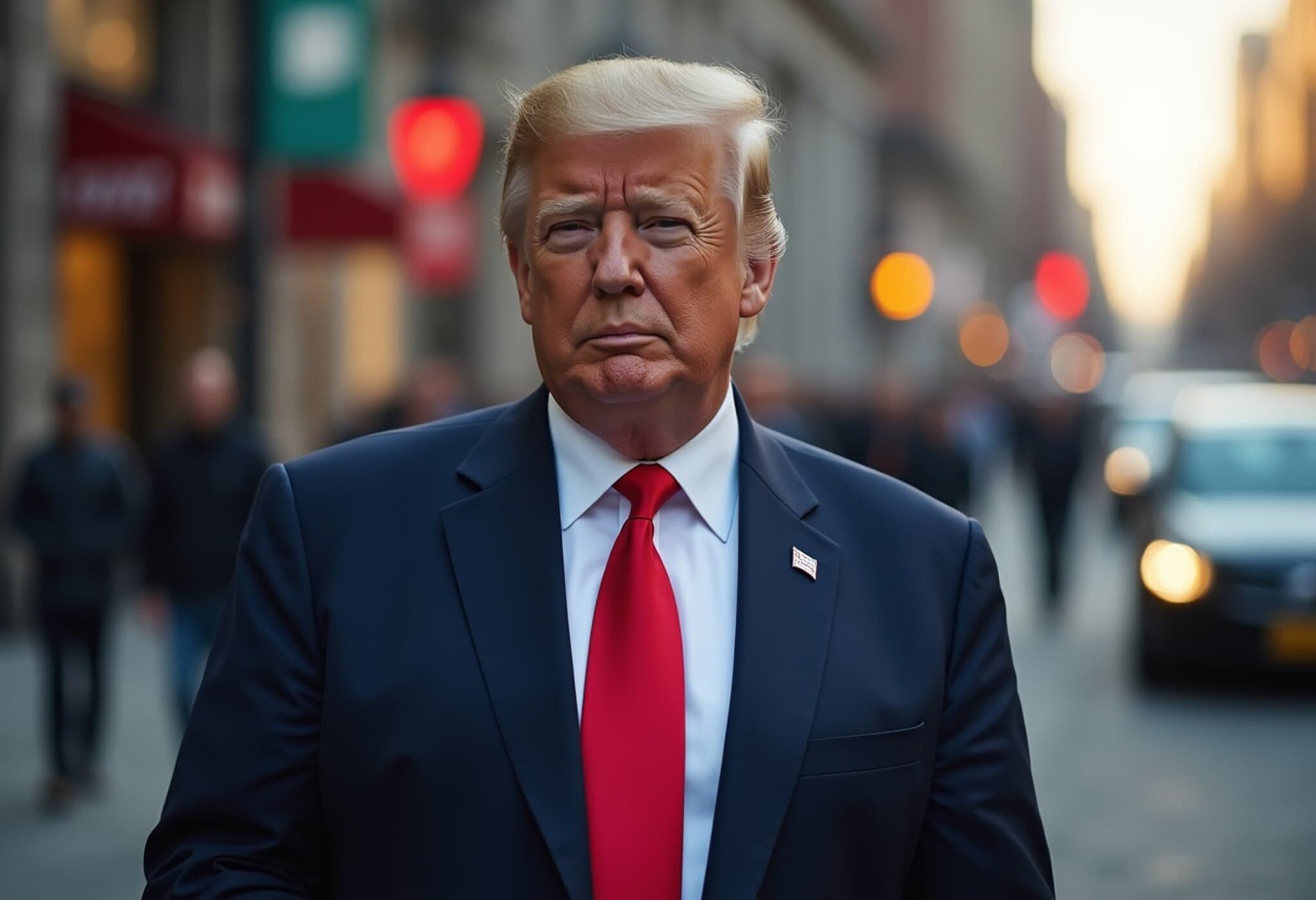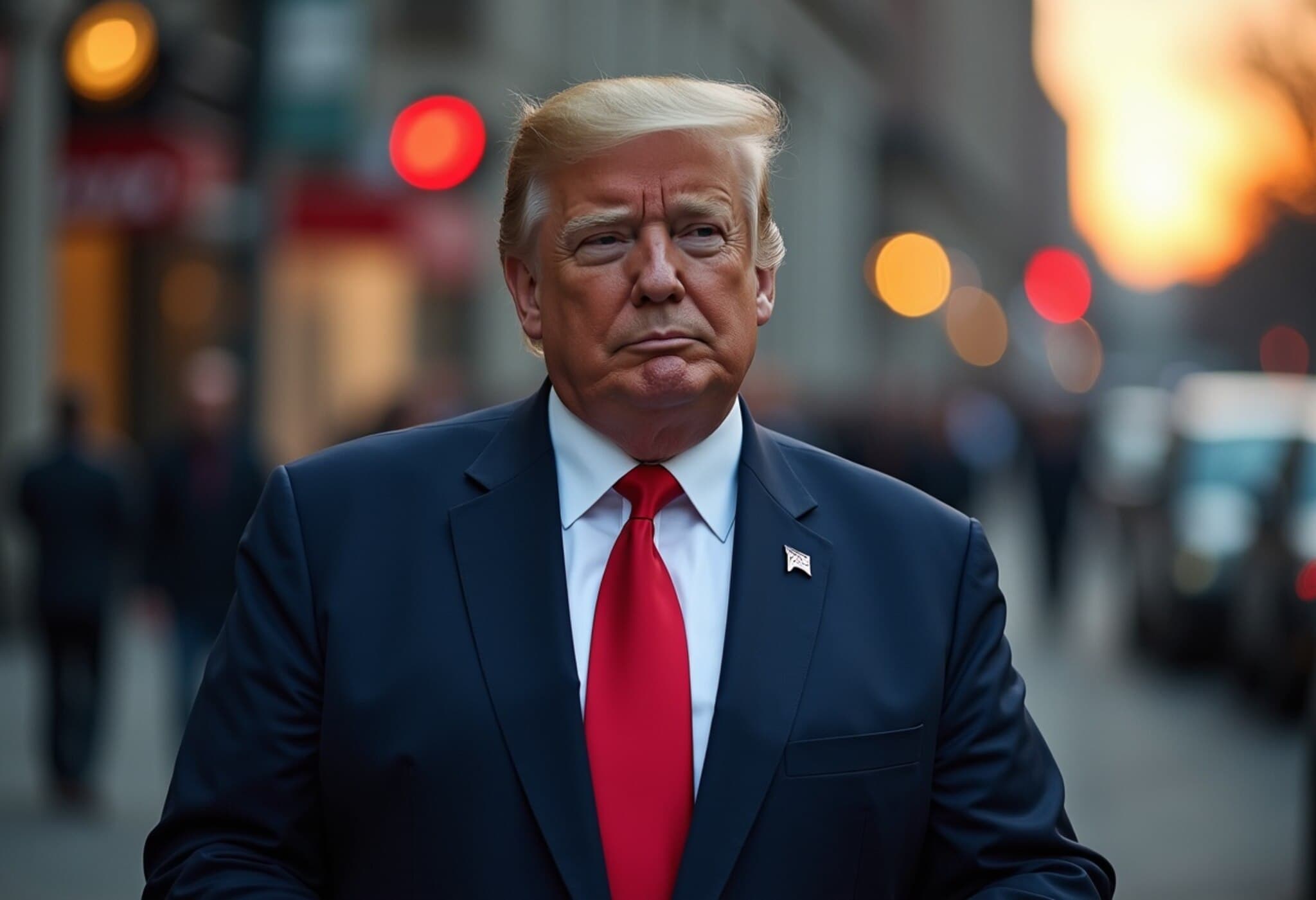President Trump Announces Ambitious $200 Million White House Ballroom Project
In an unprecedented move to leave a lasting imprint on the nation’s most iconic residence, President Donald Trump revealed plans to construct a grand ballroom at the White House, marking one of the most significant renovations in over a century. The project, estimated at $200 million, will be privately funded by the president himself along with undisclosed donors, as confirmed by White House Press Secretary Karoline Leavitt during a press briefing.
A Long-Awaited Space for National Grandeur
"For 150 years, presidents and their administrations have desired a spacious venue within the White House complex for official events," Leavitt noted. The lack of a dedicated ballroom has often necessitated the use of large tents on the White House grounds to host state dinners and other diplomatic receptions. This new facility aims to change that narrative, offering a permanent, elegant space that can accommodate up to 650 guests.
The expansive ballroom will cover over 8,000 square meters (90,000 square feet) and is slated to begin construction in September, with the goal of completion well before the end of Trump's second term in January 2029.
Design and Heritage: Balancing Tradition with Modern Opulence
According to official renderings, the new ballroom will mirror the White House’s neoclassical aesthetic, featuring white facades, tall windows, and stately columns reminiscent of the main executive mansion. However, it will replace the East Wing, traditionally housing the first lady’s staff – a shift that raises questions about the future configuration of that office.
President Trump, known for his affinity for grandeur and bold redesigns, has already transformed the Oval Office with lavish golden accents, from gilded ceiling stars to ornate fireplace mantelpieces. He has drawn inspiration from his own real estate developments, particularly the opulent ballrooms at his Turnberry golf resort in Scotland and the Mar-a-Lago mansion in Florida. The latter has heavily influenced his approach to remodeling the White House surroundings and interiors.
Contextualizing the Renovation in White House History
This ambitious project will rival major historical renovations such as those ordered by President Theodore Roosevelt in the early 1900s and President Harry Truman’s extensive interior work between 1948 and 1952. However, unlike Truman’s refurbishment, Trump’s initiative will introduce notable external structural changes, highlighting the scale and visibility of this remodel.
Broader Implications for White House Functionality and Symbolism
Beyond aesthetics, the construction signals a strategic shift in how ceremonial and diplomatic events could be staged at the executive residence. The transition from temporary outdoor venues to a permanent indoor ballroom may enhance the United States’ presentation of soft power and protocol hospitality. However, national security experts and preservationists alike are watching closely to assess how the expansion might affect historical preservation, operational logistics, and security protocols.
Moreover, Trump’s decision to install two massive American flags prominently outside the residence and to pave over the storied Rose Garden lawn—traditionally a site for press events and ceremonies—reflects a broader trend towards personalization and rebranding of presidential spaces.
Funding Transparency and Political Considerations
Leavitt emphasized that the cost will be borne by Trump and unnamed donors, avoiding the use of taxpayer funds. This approach may be aimed at circumventing political controversy over government spending, yet the opacity surrounding donor identities could spark questions about influence and transparency.
Expert Analysis and Underreported Questions
- Presidential Legacy: This ballroom project embodies Trump’s characteristic desire to leave a tangible legacy, blending business acumen with political symbolism. Observers note that such personalization of the White House could redefine presidential norms.
- Historic Preservation vs. Modernization: Architectural historians warn that replacing the East Wing and altering the Rose Garden could disrupt the heritage fabric that has defined the White House evolution for over two centuries.
- Operational Impact: Moving the first lady’s offices and adapting security for a highly public ballroom raise practical concerns about daily White House operations and staff workflows.
- Diplomatic Messaging: Offering a permanent, lavish space for hosting foreign dignitaries may project strength and refinement, but could also be framed as extravagance amid other policy priorities.
- Public Perception and Political Optics: The mix of private funding and grand expenditures frequently invites scrutiny about the president’s priorities during times when national agendas focus on economic and social challenges.
Conclusion: A Bold Shift at 1600 Pennsylvania Avenue
President Trump’s $200 million ballroom initiative represents more than a construction project; it is a symbolic reimagining of the White House as a personalized stage for domestic and international prestige. While promising a new chapter in presidential hospitality, it invites critical conversations about stewardship, transparency, and the evolving identity of America’s executive mansion.
The White House ballroom project highlights the tension between tradition and transformation at one of the world’s most emblematic residences. As construction unfolds, it will be essential to monitor how this infusion of private influence shapes public space, and whether it sets a new precedent for presidential legacies in the 21st century.
Readers are encouraged to consider: How should America balance historic preservation with modernization? What responsibilities do presidents have in stewarding national symbols beyond their terms? And finally, how transparent should private funding for public landmarks be?


